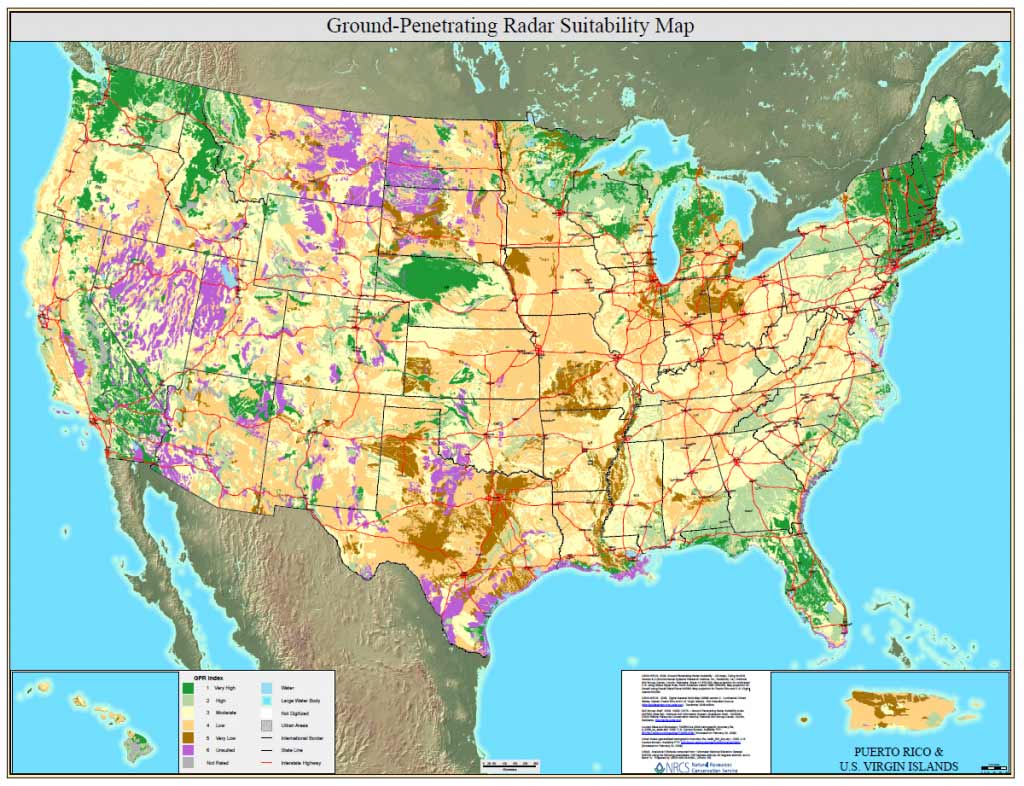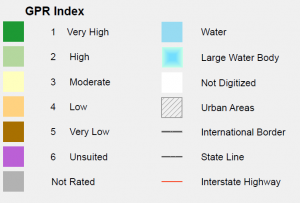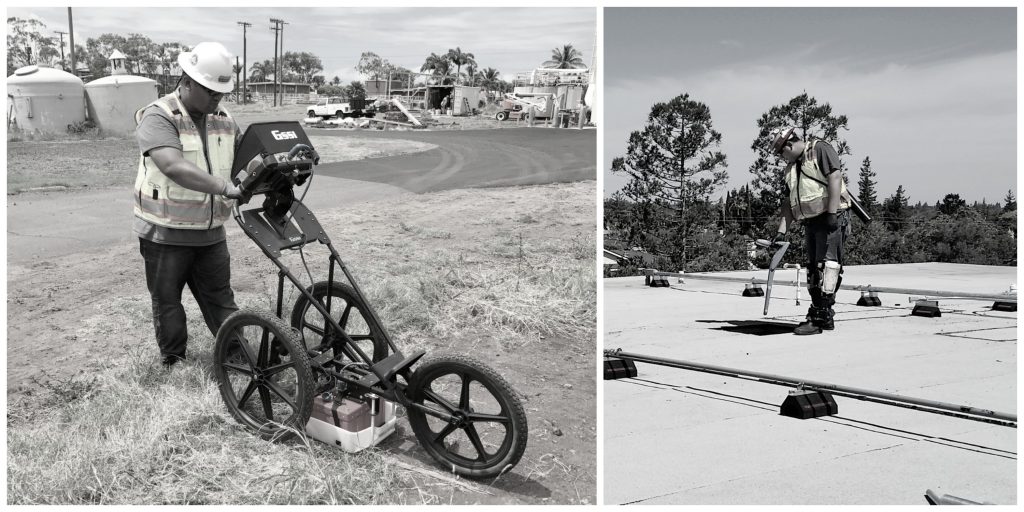When it comes to our private undergroud utility locating services, we know you have questions, and we have answers!
Why do I need to contact a private locator, like Penhall Technologies, if 811 is available?
It is a good idea to contact both 811 plus a private locator, like Penhall Technologies, because the 811 service will only mark those utilities that are owned by public utility companies, which many times means from the street and up to the meter only. Anything between the meter and the building is owned by the property owner, which is then considered private utilities that 811 will not mark. Learn more about the difference between public and private utility locating here.
How do we determine cost and rates for private utility locating?
Pricing for our private utility locating service is unique for each project. The final cost is dependent on factors such as:
- Job Location
- How many utilities are being located
- Size of the scan area(s)
- What the surface being scanned is. Ex. Ground/dirt, asphalt, concrete, indoor/outdoor, etc.
- If there are any obstructions that may impede or slow down the process. Ex. trees, bushes, bodies of water, buildings, etc.
- Whether or not there is access to utility meters or transformer boxes
Typically, we offer our services at an hourly rate, with each location varying in their rates per hour. The above factors will help determine how much is possible to scan per hour.
Does Penhall Technologies assume liability for any damages involving underground utilities?
Ultimately, the owner of the private utility lines on their property is required to follow their state’s One Call law before beginning any excavation or digging work. Therefore, the liability is in the hands of the property owner. Penhall Technologies will not guarantee the longevity of facility markings due to activities on site that may destroy or otherwise alter any markings placed on the ground by Penhall Technologies.
GPR and Electromagnetic Detection technologies offers the ability to determine the depth of a located object. The depth indications can vary, and there is generally a 15% margin of error.
How accurate is your utility locating?
Unlike most private locators, Penhall Technologies uses state of the art equipment using both GPR (Ground Penetrating Radar) and Electromagnetic Detection technologies. The analyst explains the utility markings to customers. Moreover, the analyst advises that parameters for cutting/trenching/digging should be no closer than 3’ on each side of the center of the utility marker. Although the analyst cant provide exact depths, he/she can discuss approximates with a 10-15% margin of error.
Can you determine the type of utility that is located?
The technologies themselves cannot determine the type of utility that is being located. That said, our expert analysts can determine the type of utilities as long as there are visible marks such as meter box, stub up, drain, manhole or cover within the proximity of the line.
Those lines that can be identified will be marked by the standardized color set by the APWA. See “Utility Locating – What Do the Colors Mean?” for detail on the standardized colors for each utility here.
The analyst would use hot pink to mark those lines that have no visible signs of what type of utility is it.
Are you able to locate non-metallic utilities such as concrete storm drains, fiber optic cables in conduit, or PVC pipes?
Yes. This all depends on the size of the pipe, depth, and soil type.
Can surfaces with accumulated moisture ( clay soil or a ground with a high water table) can result in inaccurate results?
This can be true. Clay soil or soil with high water content can affect the GPR data and output. This is because water is conductive and once the radar picks up the moisture, it makes it tough to “read” beyond the water barrier.
The best approach is to speak to the analyst that is local to the area of the project, to better discuss the conditions of the soil in that area, as well as other options we may have.
Here is a map to illustrate the suitability of GPR throughout the United States:


At Penhall Technologies, our goal is to have our customers truly feel comfortable with choosing us as a partner in their projects. We do hope that these questions and answers are helpful.
We understand there may be more questions, so please, feel free to contact us with any further questions you may have.



